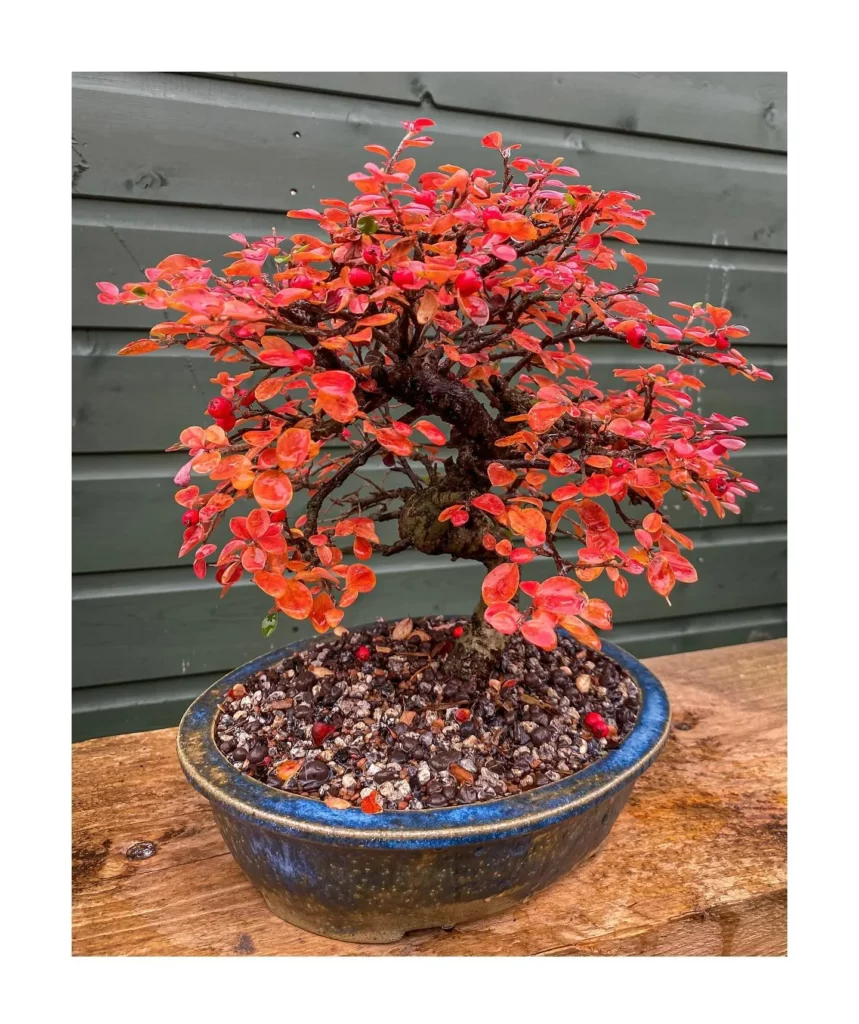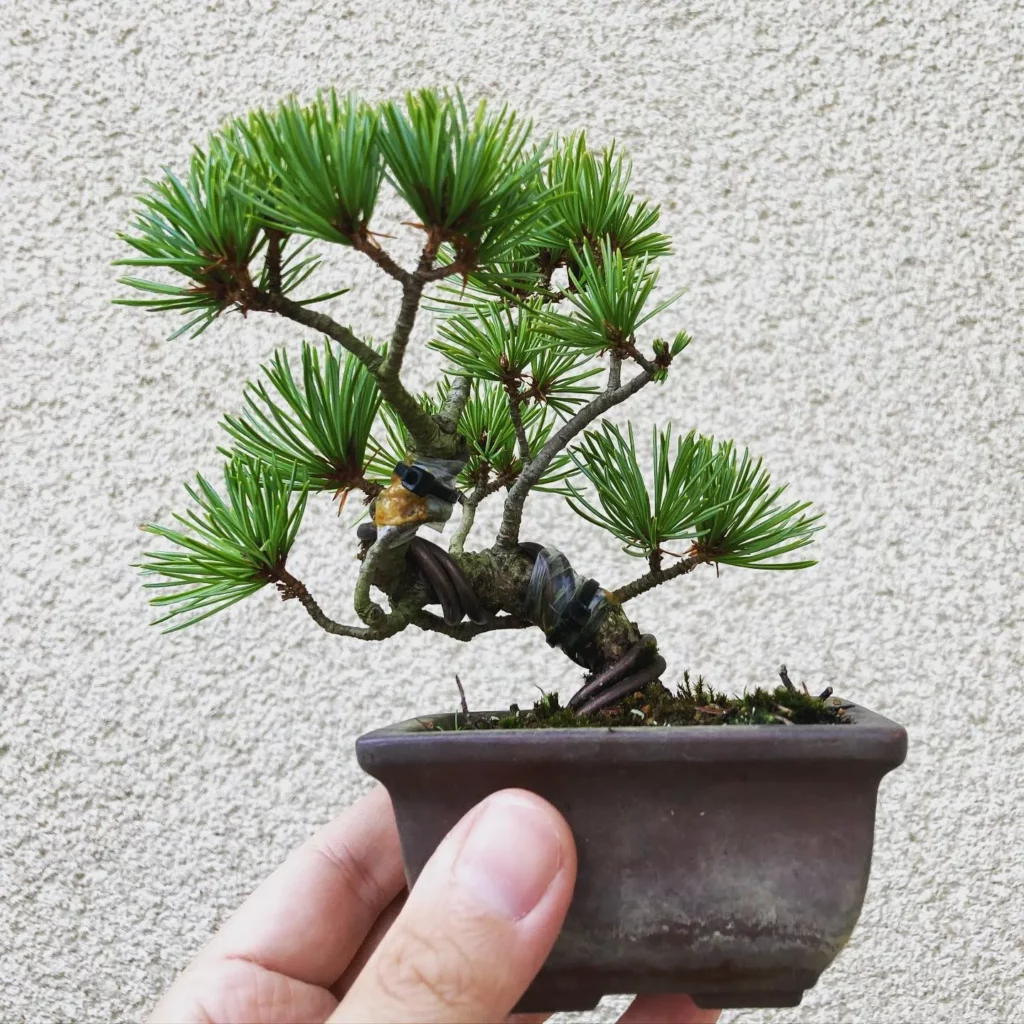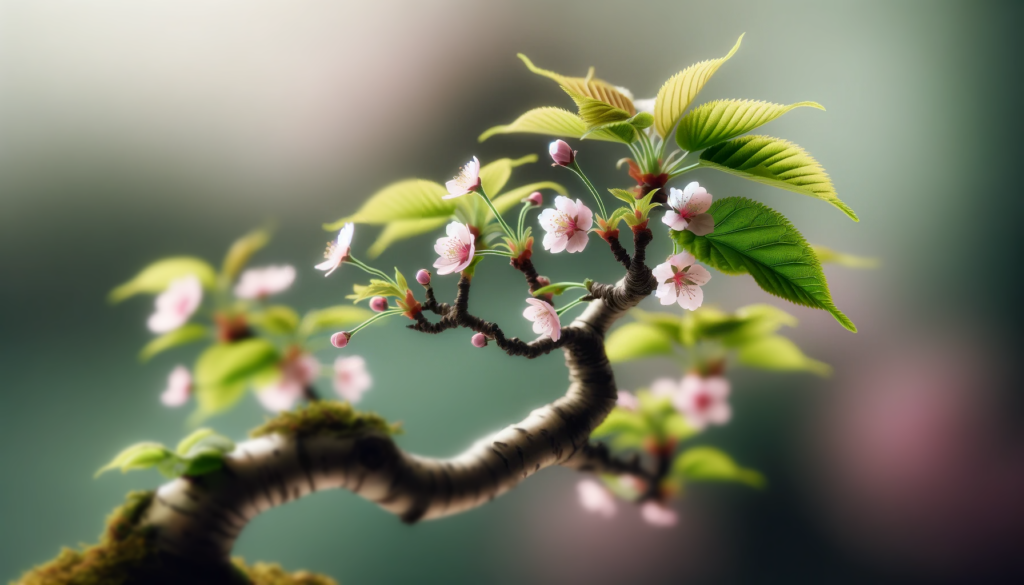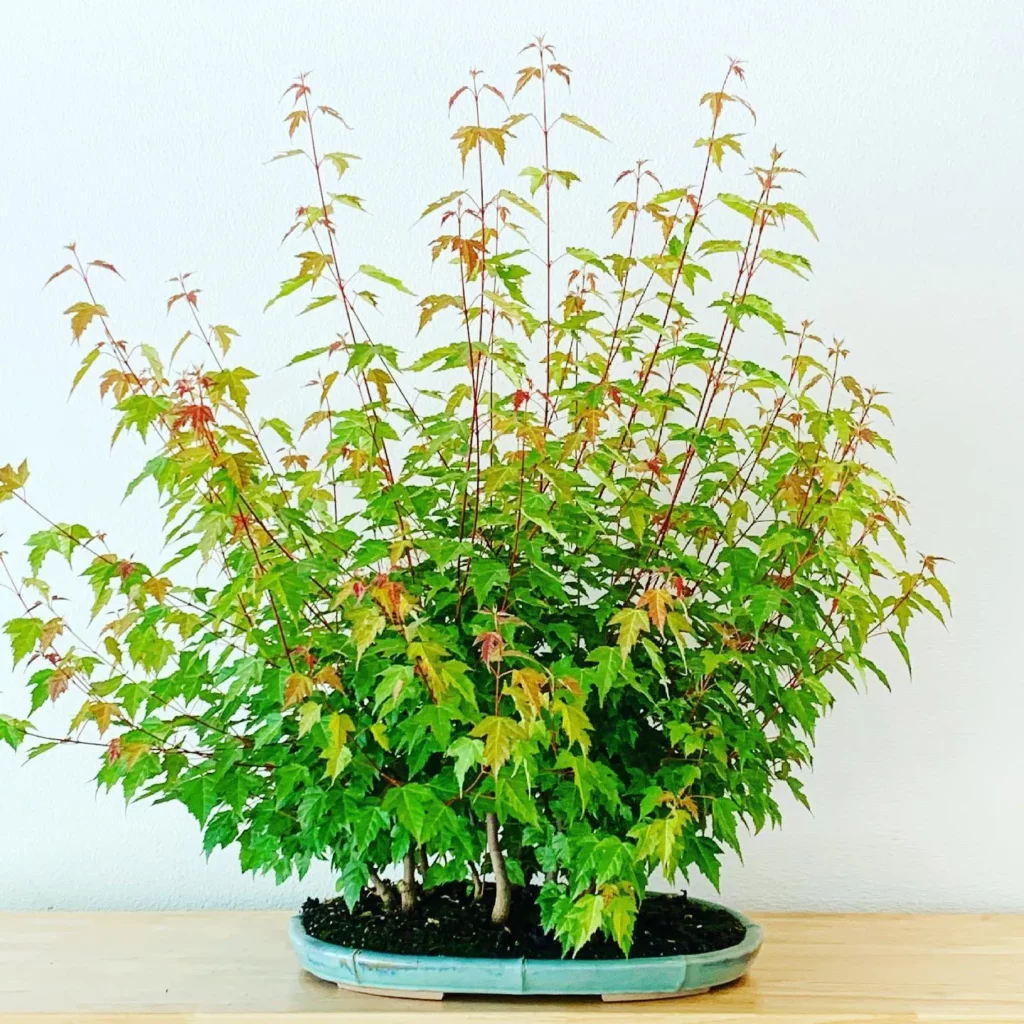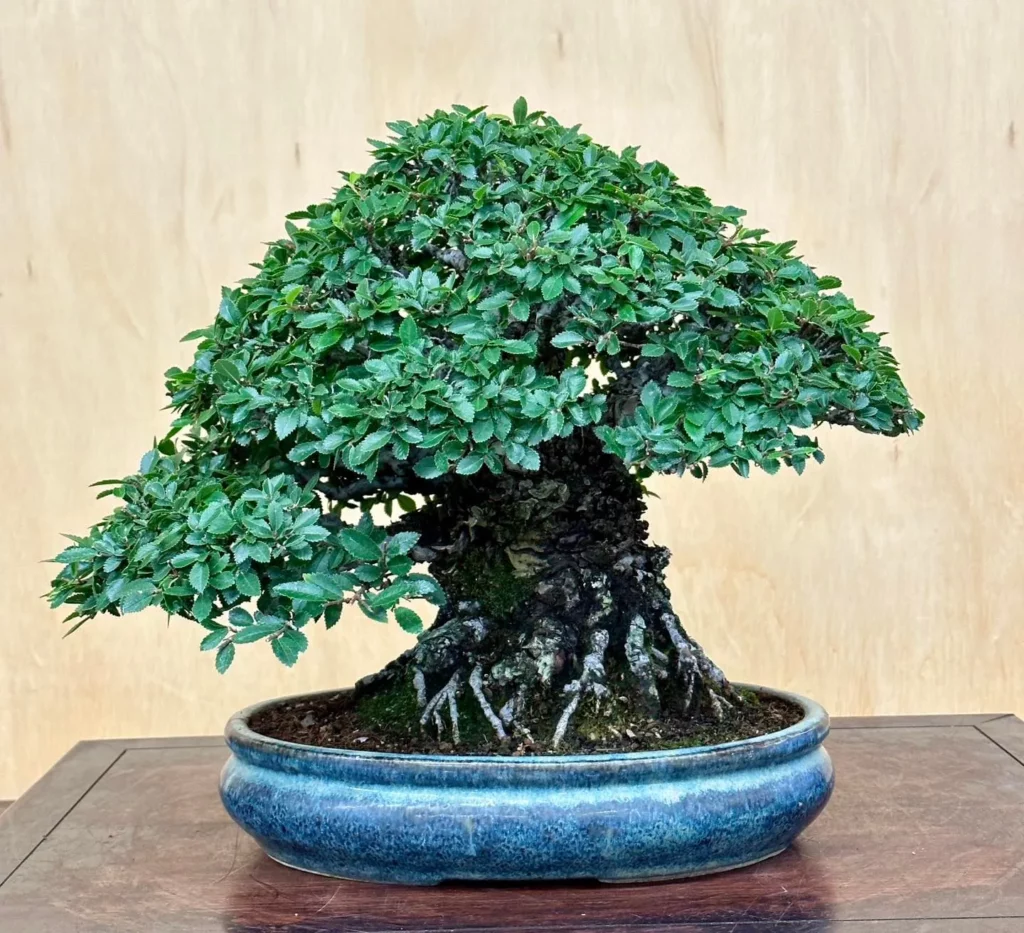To revive a neglected bonsai tree, prioritize proper watering, provide adequate sunlight, trim dead branches, and replenish with nutrient-rich soil and appropriate fertilization.
Have you neglected your bonsai tree and now it’s struggling to survive? Don’t worry, with proper care and attention, you can bring it back to life. Reviving a neglected bonsai tree requires understanding its specific care requirements, avoiding common mistakes, and addressing any underlying health issues. In this article, I will guide you through the process of reviving your bonsai tree, providing practical tips and solutions to help restore its health and vitality.
Key Takeaways:
- Identify the specific care requirements of your bonsai tree species.
- Avoid common mistakes in bonsai care such as overwatering and insufficient light.
- Assess the health of your bonsai tree and address any underlying issues.
- Troubleshoot common bonsai care problems that may be affecting your tree’s health.
- Create a long-term care plan and continue learning and improving in bonsai care.
Understanding the Specific Needs of Your Bonsai Tree
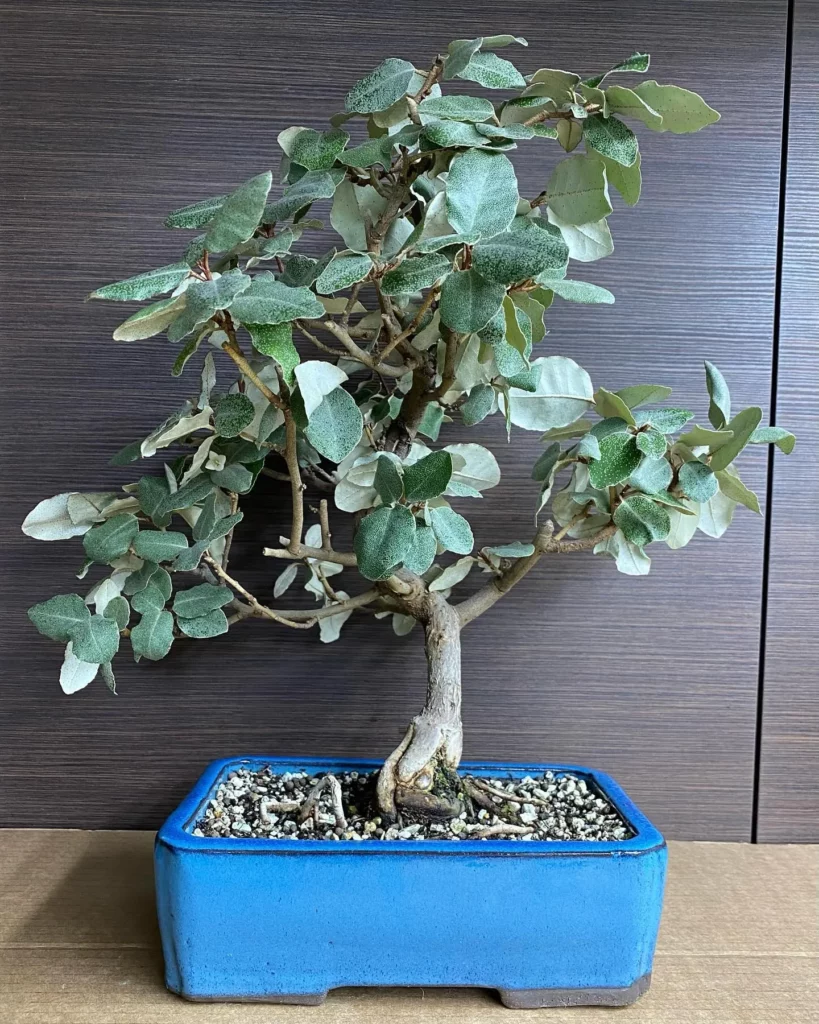
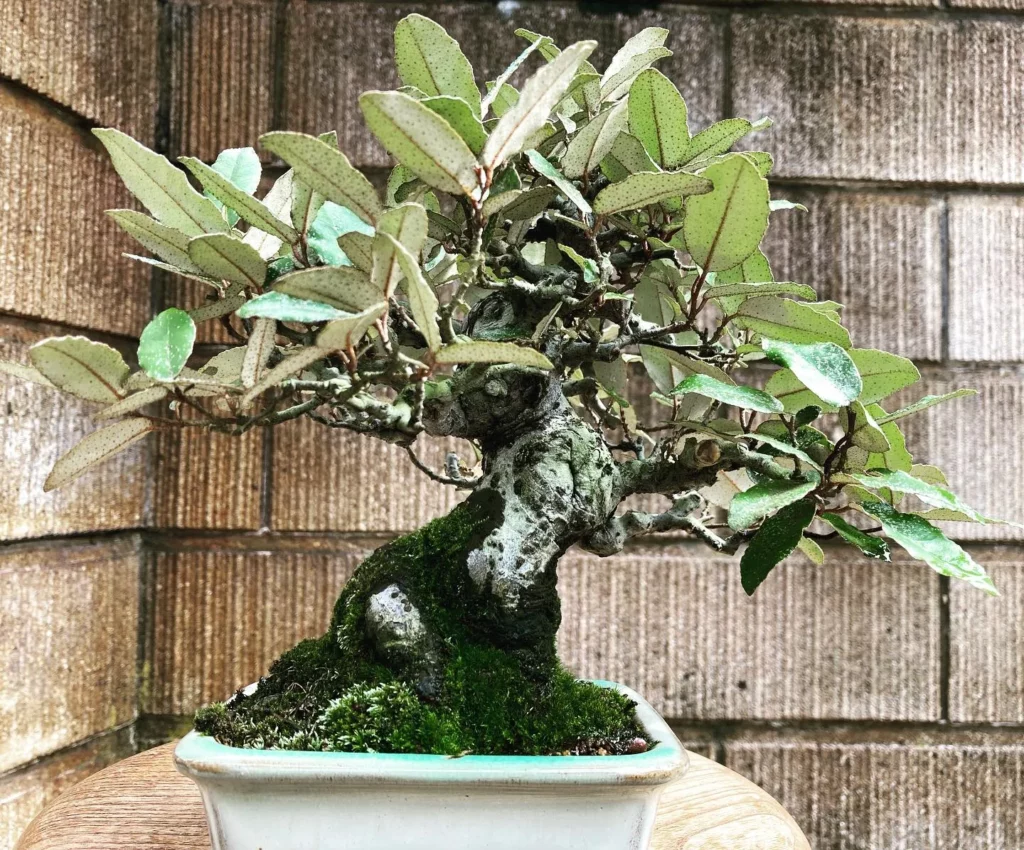
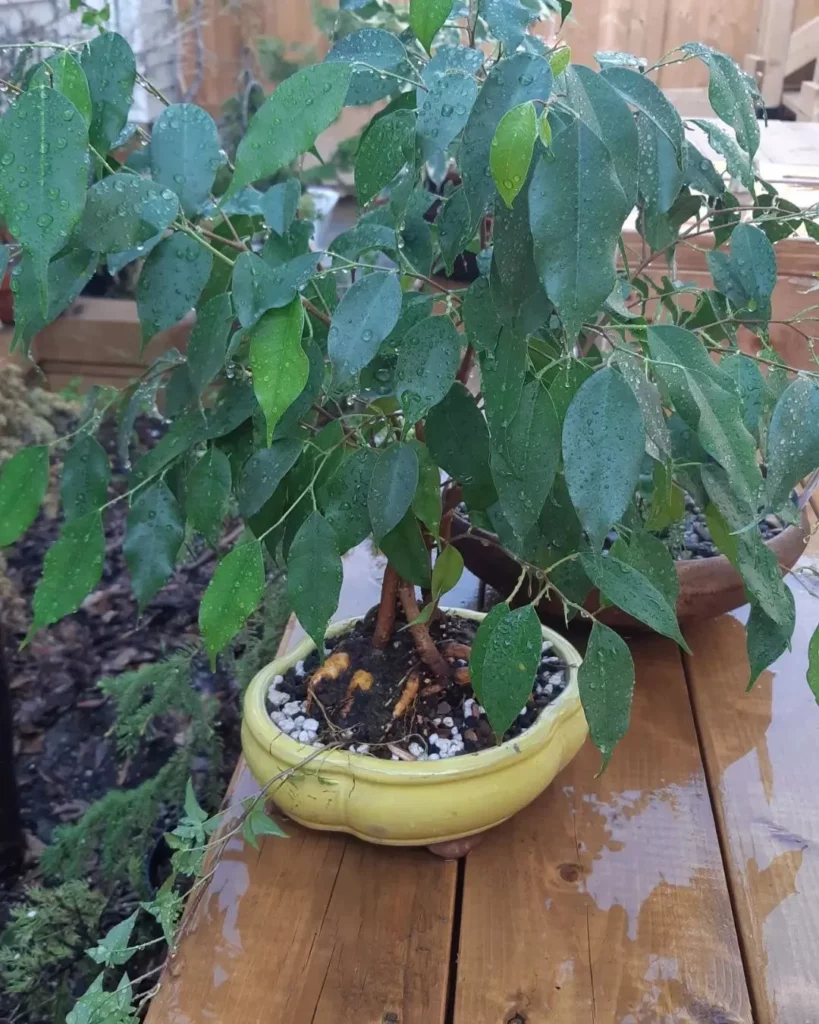
To successfully revive your bonsai tree, it’s crucial to understand its unique needs and provide the necessary care. Each bonsai tree species has specific requirements for light, temperature, watering, and soil composition. By familiarizing yourself with these needs, you can create the optimal environment for your tree’s revival.
No products found.
Bonsai Tree Species and Their Care Requirements
| Bonsai Tree Species | Light | Temperature | Watering | Soil Composition |
|---|---|---|---|---|
| Juniper | Full sun to partial shade | 40-85°F (4-29°C) | Allow the soil to dry out slightly between waterings | Well-draining soil mix with good aeration |
| Maple | Partial shade to full sun | 50-80°F (10-27°C) | Water when the top inch of soil feels dry | Moist, well-draining soil mix |
| Pine | Full sun to partial shade | 45-80°F (7-27°C) | Water deeply and allow the soil to dry out slightly between waterings | Well-draining soil with good moisture retention |
No products found.
No products found.
Common Mistakes to Avoid in Bonsai Care
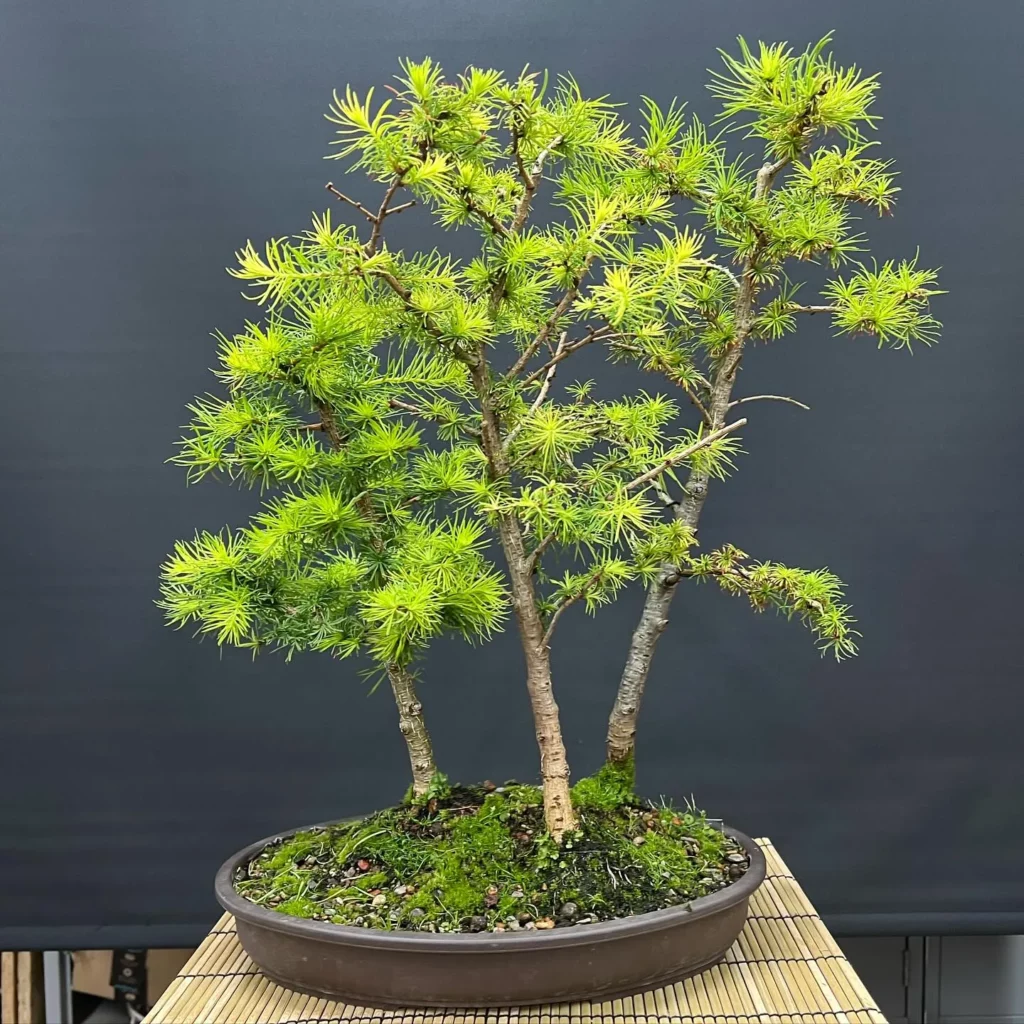
Avoid these common bonsai care mistakes to prevent further damage and give your tree a chance to recover. Neglected bonsai trees often suffer from issues that could have been easily avoided with proper care and attention. Here are some of the most common mistakes to watch out for:
- Forgetting to water: Bonsai trees require regular watering to thrive. Neglecting to water them can lead to dehydration and wilting.
- Placing an outdoor tree indoors: Bonsai trees are outdoor plants that require plenty of sunlight and fresh air. Keeping them indoors for too long can cause them to weaken and decline.
- Overwatering: While watering is necessary, overwatering can be just as harmful. It can lead to root rot and fungal infections, further damaging the tree’s health.
- Insufficient light: Bonsai trees need ample sunlight to undergo photosynthesis and grow properly. Keeping them in areas with low light can weaken their overall health.
- Lack of patience: Reviving a neglected bonsai tree takes time and patience. Rushing the process or expecting quick results can hinder the tree’s recovery.
| Common Mistakes to Avoid | Consequences |
|---|---|
| Forgetting to water | Dehydration, wilting |
| Placing an outdoor tree indoors | Weakening, decline |
| Overwatering | Root rot, fungal infections |
| Insufficient light | Weak growth, poor health |
| Lack of patience | Inhibited recovery |
Assessing the Health of Your Bonsai Tree
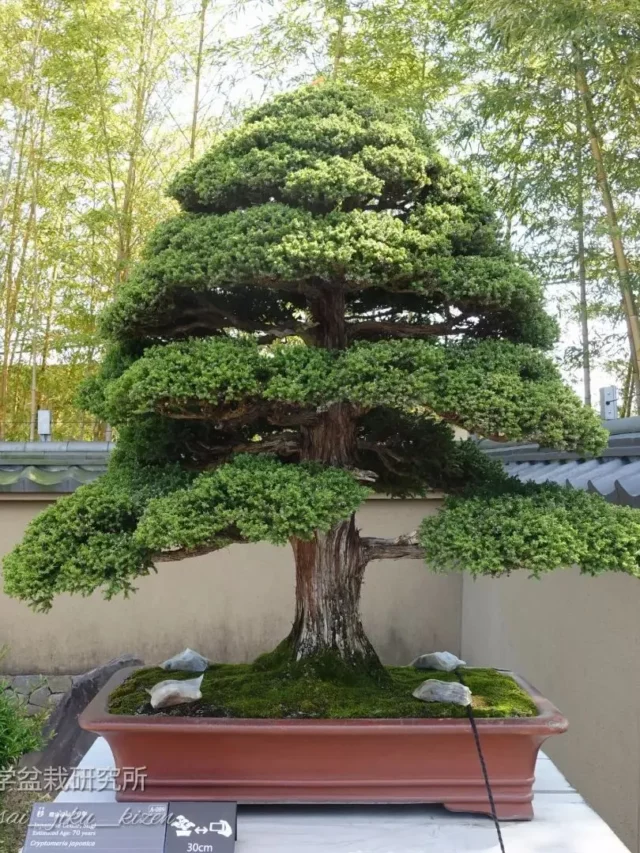

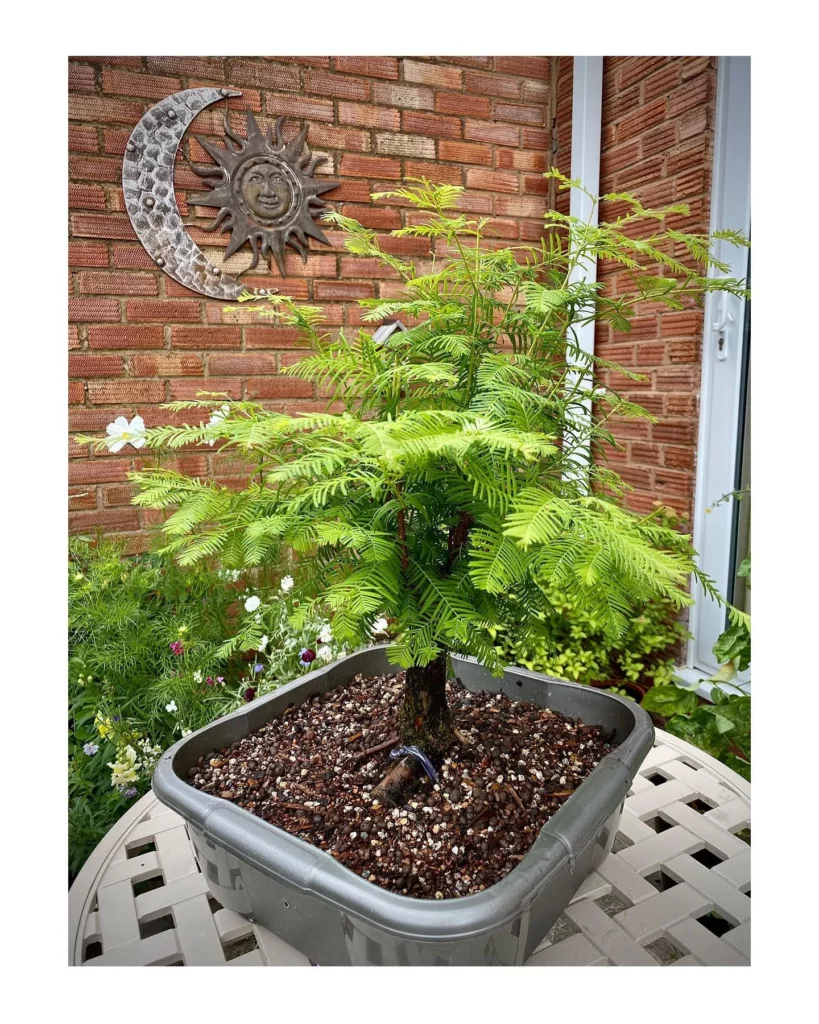
Before you can revive your bonsai, it’s important to evaluate its current health and pinpoint any potential problems. This process involves carefully examining the tree’s foliage, branches, and roots to assess its overall condition. Look for signs of wilting, yellowing leaves, or dead branches, as these indicate underlying issues that need to be addressed.
If you notice any pests or diseases on your bonsai, take immediate action to eliminate them. Common pests include aphids, scale insects, and spider mites, while diseases such as root rot and powdery mildew can also affect the tree’s health. Treatments for specific pests and diseases may vary, so it’s important to research and identify the appropriate solutions.
Creating a healthy environment for your bonsai tree is essential. Ensure it receives the right amount of sunlight, as each species has specific light requirements. If your bonsai is an indoor tree, place it near a bright window or consider using artificial grow lights. Outdoor bonsai trees should be positioned where they can receive adequate sunlight without being exposed to extreme heat or cold.
Another vital aspect of bonsai care is proper watering. Overwatering or underwatering can damage the tree’s root system, leading to poor health. Each bonsai species has unique water requirements, so it’s important to understand how much and how often to water your tree. The best way to determine when to water is by checking the moisture level of the soil using a moisture meter or simply feeling the soil with your finger. Adjust your watering schedule accordingly, allowing the soil to partially dry out between waterings.
| Common Mistakes in Bonsai Care | How to Avoid |
|---|---|
| Forgetting to water | Set a regular watering schedule and monitor soil moisture. |
| Placing an outdoor tree indoors | Keep outdoor bonsai trees outdoors to ensure they receive proper light and ventilation. |
| Overwatering | Check soil moisture before watering and adjust frequency accordingly. |
| Insufficient light | Provide the appropriate amount of light for your bonsai tree’s species. |
| Lack of patience | Reviving a bonsai tree takes time; be patient and allow it to recover gradually. |
Troubleshooting Common Bonsai Care Issues
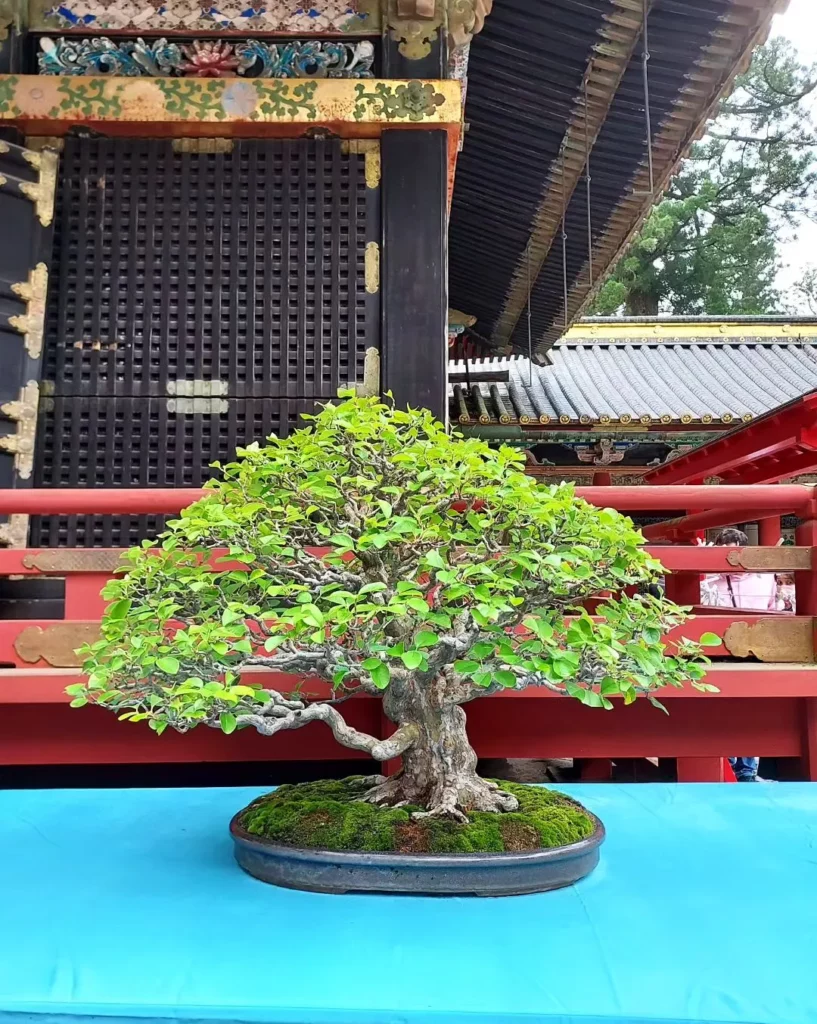
Explore these troubleshooting steps to identify and address the specific issues that may be plaguing your bonsai. To revive a neglected bonsai tree, it is important to identify the tree species and learn about its specific care requirements. Common mistakes in bonsai care include forgetting to water, placing an outdoor tree indoors, overwatering, insufficient light, and lack of patience. These mistakes can lead to ailing or unhealthy trees that require special attention.
If your bonsai tree is still struggling despite proper care, it may be infected with pests or diseases. Pests like aphids, spider mites, or mealybugs, as well as diseases like root rot or fungal infections, can take a toll on your tree’s health. To address these issues, carefully inspect your bonsai and look for signs of infestation or disease. You can use organic solutions or consult a professional to help you eliminate these threats and bring your bonsai back to health.
| Common Issues | Troubleshooting Steps |
|---|---|
| Underwatering | Check the soil moisture regularly and ensure it is moist but not waterlogged. Adjust watering frequency as needed. |
| Overwatering | Allow the soil to slightly dry out between waterings and improve drainage by repotting the tree with well-draining soil. |
| Insufficient Light | Place your bonsai tree in a location with adequate sunlight. If indoors, consider using supplemental grow lights. |
| Improper Location | Ensure your bonsai is in an environment suitable for its specific species, taking into account temperature, humidity, and airflow. |
Dealing with Pests and Diseases



If your bonsai is still struggling, it’s important to check for pests and diseases and take necessary steps to eradicate them. Common pests that can infest bonsai trees include aphids, spider mites, and scale insects. These tiny creatures can cause significant damage to the leaves and branches of your tree if left untreated. One effective method for controlling pests is to spray the tree with a gentle insecticidal soap solution. Be sure to follow the instructions carefully and avoid using harsh chemicals that could harm the tree.
In addition to pests, bonsai trees are also susceptible to various diseases such as root rot, fungal infections, and bacterial infections. These diseases can weaken the tree’s immune system and cause it to decline further. To tackle these issues, it is important to properly diagnose the problem and treat it accordingly. Removing any affected areas, improving drainage, and applying appropriate fungicides can help combat these diseases.
| Pests | Diseases |
|---|---|
| Aphids | Root rot |
| Spider mites | Fungal infections |
| Scale insects | Bacterial infections |
Preventing Pests and Diseases
Prevention is always better than cure when it comes to bonsai care. To avoid pest infestations and diseases, it is important to maintain proper hygiene and create a healthy growing environment for your tree. Regularly inspect the leaves and branches for any signs of pests or diseases, and take immediate action if necessary. Avoid overwatering and ensure that the bonsai is placed in the right location with adequate sunlight and proper air circulation. By practicing good bonsai care techniques, you can minimize the risk of pests and diseases and help your tree thrive.
Developing a Long-Term Care Plan
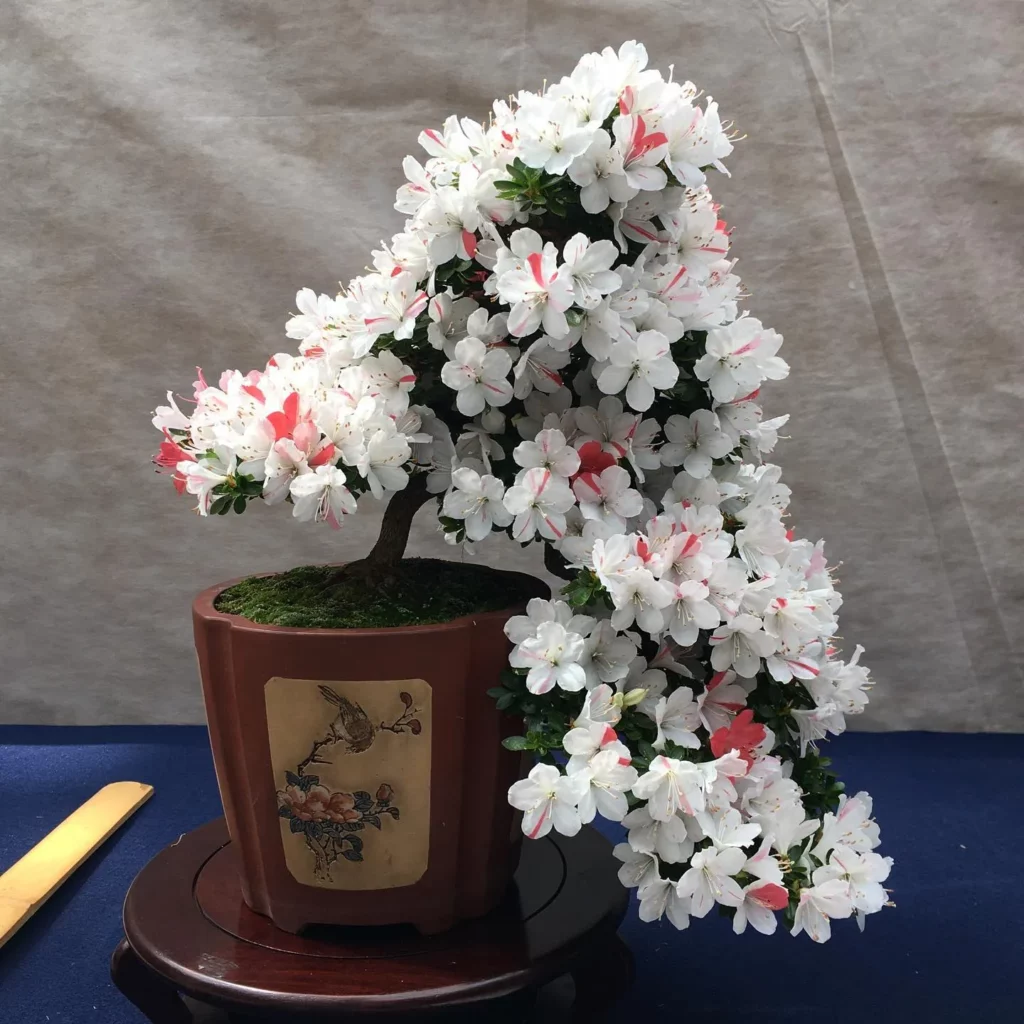
A well-thought-out care plan will ensure your bonsai continues to thrive long after its revival. To develop a long-term care plan, start by understanding the specific needs of your bonsai tree species. Each species has unique requirements for sunlight, watering, and pruning. Research and learn about your tree’s specific care guidelines to provide the best conditions for its growth.
Make a schedule for regular watering and stick to it. Bonsai trees can be sensitive to both overwatering and underwatering, so finding the right balance is crucial. Monitor the moisture level of the soil regularly and adjust your watering routine accordingly.
Additionally, provide your bonsai with the proper lighting conditions. Most bonsai trees require bright, indirect sunlight. Make sure to place your tree in a location that receives adequate natural light. If natural light is limited, consider using grow lights to supplement. Avoid placing your outdoor bonsai trees indoors, as they need the outdoor elements to thrive.
Lastly, be patient and consistent in your care. It takes time for a neglected bonsai tree to recover and regain its vitality. Avoid rushing the process and expecting instant results. Trust the care plan you have developed for your tree, and with time and patience, you will witness its revival.
The Role of Patience in Bonsai Care
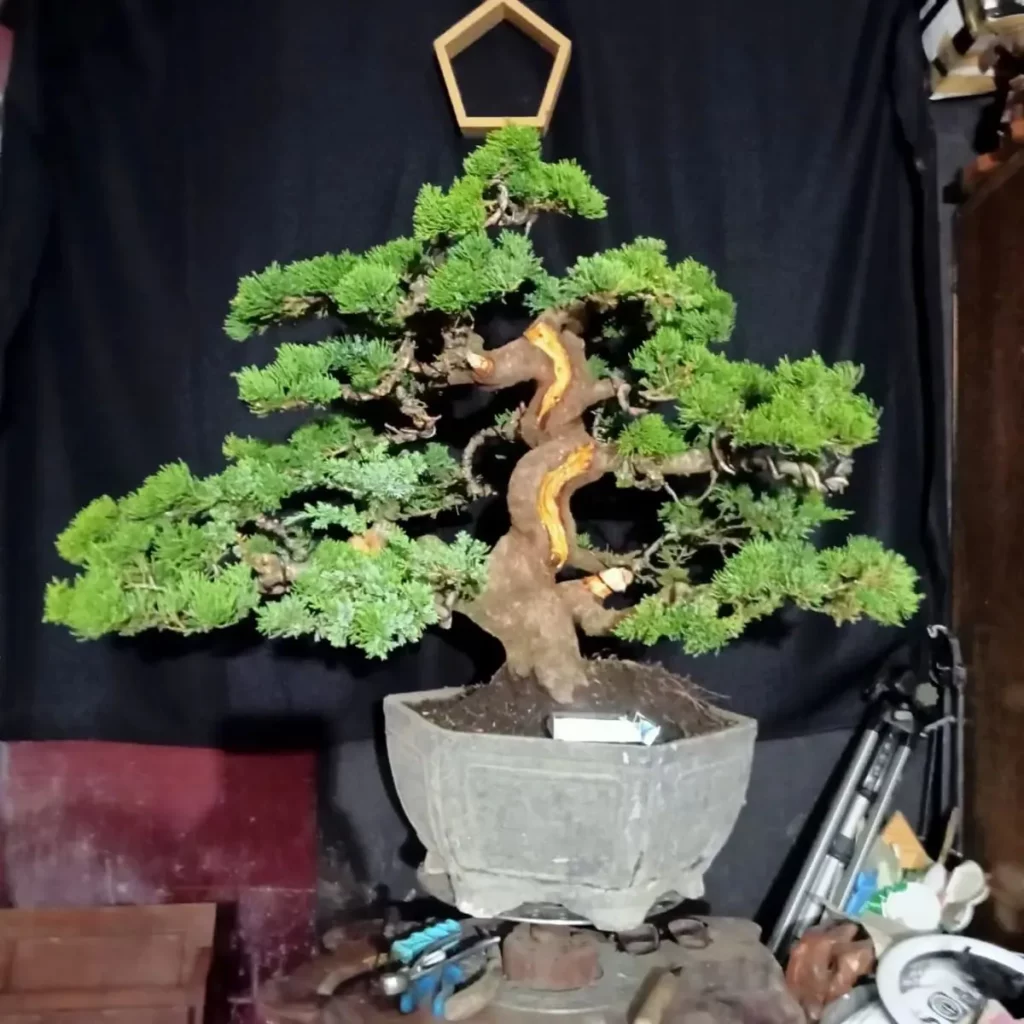


Patience is key when trying to revive a struggling bonsai tree – remember, it took years for it to reach this state, so it won’t bounce back overnight. Revitalizing a bonsai tree requires time, effort, and careful attention to its specific needs.
One common mistake in bonsai care is rushing the process. Impatience can lead to overwatering, pruning too aggressively, or expecting quick results. It’s important to understand that the tree needs time to recover and respond to the changes you introduce.
When bringing back an ailing bonsai, it’s crucial to follow the care guidelines and provide the tree with the right conditions. This includes ensuring it receives the proper amount of sunlight, water, and nutrients. Patience is especially important during this time, as you monitor the tree’s progress and make adjustments as needed.
| Common Reasons for a Dying Bonsai Tree: |
|---|
| Forgetting to water the tree regularly |
| Overwatering, leading to root rot |
| Placing the tree in the wrong location with insufficient sunlight |
| Rushing the process and not allowing the tree adequate time to recover |
Learning and Improving in Bonsai Care

Embrace a growth mindset and keep expanding your understanding of bonsai care to give your tree the best chance at thriving. Bonsai tree care is a lifelong journey that requires continuous learning and improvement. By staying curious and open to new techniques and information, you can develop your skills as a bonsai enthusiast and create a nurturing environment for your tree.
One valuable resource for bonsai care tips is bonsai clubs and societies. These organizations often host workshops, demonstrations, and lectures where you can learn from experienced bonsai enthusiasts. Additionally, consider joining online bonsai forums or following bonsai experts on social media for regular updates and insights.
Experimentation is another important aspect of learning in bonsai care. Don’t be afraid to try new techniques and methods to see what works best for your tree. However, always be mindful of the specific care requirements of your tree species and avoid drastic changes that could harm your bonsai’s health.
Continuing Education Opportunities
Continuing education is an essential part of improving your knowledge and skills in bonsai care. Look for local workshops, classes, or conferences where you can learn from experts in the field. These opportunities can provide valuable insights on advanced techniques, specialized care, and different styles of bonsai artistry.
Finally, don’t forget the importance of patience and observation in bonsai care. Each tree is unique, and it may take time to understand its specific needs and preferences. Regularly monitor your tree’s health, observe its growth patterns, and make adjustments to your care routine as needed.
| Bonsai Care Tips | Techniques for Reviving Bonsai |
|---|---|
| 1. Understand the specific care requirements of your bonsai tree species. | 1. Assess the health of your bonsai tree to identify any underlying issues. |
| 2. Water your bonsai tree regularly, but avoid overwatering. | 2. Troubleshoot common bonsai care issues to address any problems affecting your tree’s health. |
| 3. Provide your bonsai tree with sufficient light and avoid placing it in extreme temperatures. | 3. Deal with pests and diseases promptly to prevent further damage to your bonsai tree. |
| 4. Use well-draining soil and proper fertilization to support your tree’s growth. | 4. Develop a long-term care plan to ensure the ongoing health and vitality of your bonsai tree. |
Avoiding Common Pitfalls in Bonsai Care



Stay vigilant and steer clear of these common bonsai care pitfalls that can hinder the revival process. When reviving a neglected bonsai tree, it is crucial to avoid repeating the same mistakes that led to its decline in the first place. Here are some common pitfalls that should be avoided:
- Forgetting to water: Adequate watering is essential for the health of a bonsai tree. Overwatering or underwatering can both be detrimental. It is important to find the right balance and learn the specific watering needs of your tree species.
- Placing the tree in the wrong location: Bonsai trees have specific light and temperature requirements. Placing an outdoor tree indoors or exposing an indoor tree to excessive sunlight can be harmful. Ensure that your tree is in the right environment for its optimal growth.
- Overwatering: Overwatering is a common mistake made by bonsai enthusiasts. Excessive watering can lead to root rot and other issues. It is important to water the tree only when the soil is slightly dry, allowing for proper drainage.
- Insufficient sunlight: Bonsai trees need an adequate amount of sunlight to thrive. Insufficient light can weaken the tree and hinder its growth. Ensure that your tree is placed in a well-lit area, preferably near a window.
| Common Pitfalls to Avoid | How to Prevent Them |
|---|---|
| Forgetting to water | Set a watering schedule and monitor the soil moisture regularly. Adjust the frequency based on the specific needs of your tree. |
| Placing the tree in the wrong location | Research the light and temperature requirements of your bonsai tree species. Place the tree in an appropriate location accordingly. |
| Overwatering | Allow the soil to dry out slightly between waterings. Ensure proper drainage to prevent waterlogged roots. |
| Insufficient sunlight | Place the bonsai tree in a well-lit area near a window. Consider using supplemental grow lights if needed. |
Seeking Professional Help

In some cases, professional expertise may be required to rescue a severely damaged or struggling bonsai tree. If you have tried all the recommended techniques for reviving bonsai and your tree is not showing any signs of improvement, it may be time to consult a professional bonsai care specialist. These experts have extensive knowledge and experience in repairing damaged bonsai trees and can offer valuable insights and solutions tailored to your specific tree’s needs.
When seeking professional help, make sure to choose a reputable bonsai care service or consultant. Look for certifications or affiliations with bonsai organizations, which can indicate their expertise in the field. It’s also a good idea to ask for referrals or read reviews from other bonsai enthusiasts who have sought their services.
During a consultation, the professional will assess the health of your bonsai tree and identify any underlying issues that may be causing its decline. They will provide recommendations for restoring the tree’s vitality and guide you on the necessary steps to bring back your ailing bonsai to life. In some cases, they may recommend advanced techniques such as grafting or repotting to rejuvenate the tree.
| Benefits of Seeking Professional Help | Drawbacks of Seeking Professional Help |
|---|---|
|
|
Conclusion: Nurturing Your Bonsai Tree’s Revival

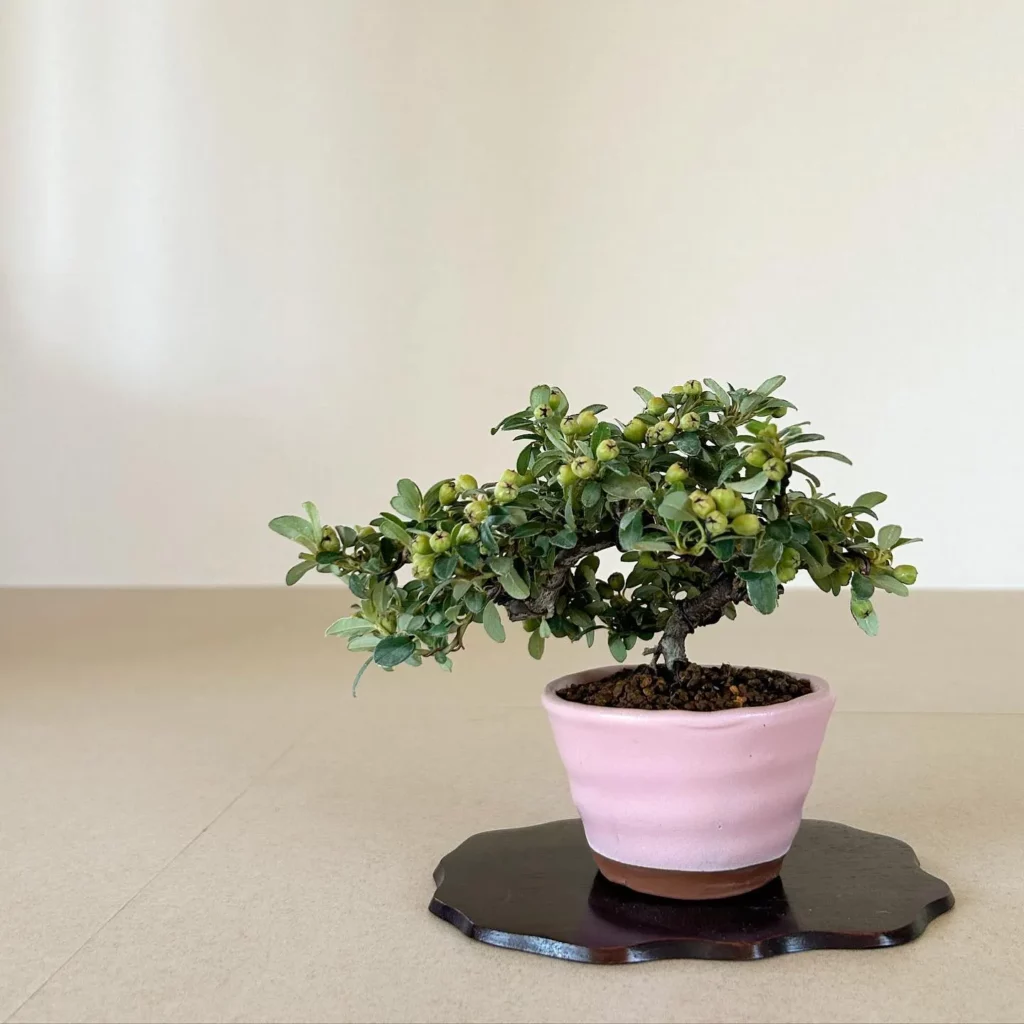
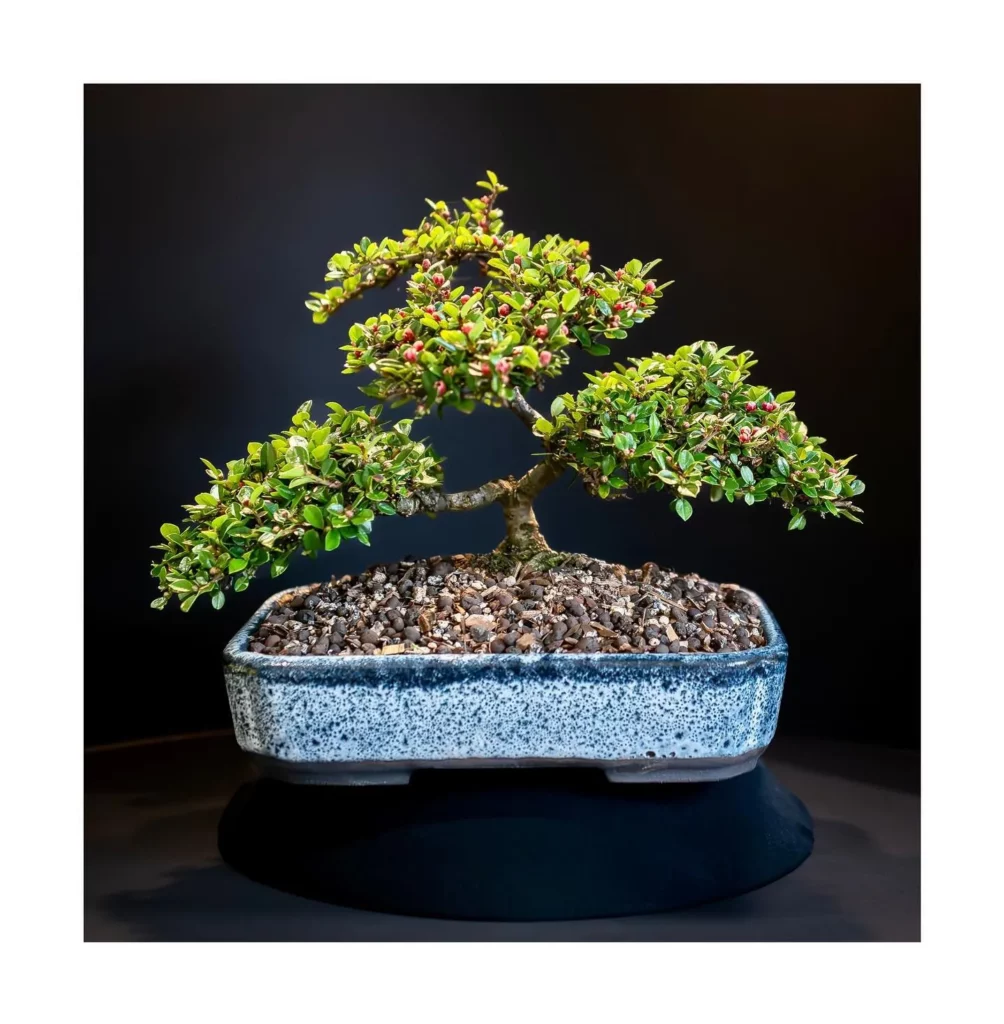
With the right approach and dedication, you can bring your neglected bonsai tree back to life, restoring its natural beauty for years to come. To begin the revival process, it is crucial to identify the specific care requirements of your bonsai tree species. Each species has unique needs, including watering frequency, light exposure, and temperature preferences. Taking the time to understand and meet these requirements will go a long way in revitalizing your bonsai.
Common mistakes in bonsai care can hinder the health and growth of your tree. These include forgetting to water, placing an outdoor tree indoors, overwatering, insufficient light, and impatience. By avoiding these pitfalls and providing consistent care, you can restore life to your bonsai tree.
If despite your best efforts, your bonsai tree remains unhealthy, it may be plagued by pests or diseases. While there is no magical cure, addressing these issues promptly can greatly improve your tree’s chances of recovery. Research and implement appropriate solutions for the specific pests or diseases affecting your bonsai. Patience and consistent care are key as you work towards restoring the health and vitality of your tree.
Developing a long-term care plan is essential to sustain the revival of your bonsai tree. This includes regularly assessing the health of your tree, watering and fertilizing appropriately, providing adequate light, and adjusting care as necessary. Continuously learning and improving your bonsai care skills will enable you to provide the best possible environment for your tree’s growth and longevity.
By avoiding common pitfalls and seeking professional help when necessary, you can ensure that your bonsai tree thrives. Remember, the journey towards reviving a neglected bonsai tree requires patience and perseverance. With proper care and attention, you can witness the restoration of its life and the revitalization of its natural beauty.
FAQ
Q: How can I revive a neglected bonsai tree?
A: To revive a neglected bonsai tree, it is important to identify the tree species and learn about its specific care requirements. Common mistakes in bonsai care include forgetting to water, placing an outdoor tree indoors, overwatering, insufficient light, and lack of patience. If the tree is still unhealthy despite proper care, it may be infected with pests or diseases. There is no magical cure, but following the care guidelines and providing the tree with the right conditions should help it recover. It is important to have a long-term plan and continue learning and improving in bonsai care. Some common reasons for a dying bonsai tree include forgetting to water, overwatering, placing the tree in the wrong location, insufficient sunlight, and rushing the process.
Q: What are the specific needs of a bonsai tree?
A: Understanding the specific needs of your bonsai tree is crucial for its revival. Different tree species have different care requirements in terms of watering, light exposure, humidity, temperature, and soil type. Research and identify the specific care guidelines for your bonsai tree species to provide it with the optimal conditions for growth and health.
Q: What are some common mistakes to avoid in bonsai care?
A: Common mistakes in bonsai care include forgetting to water the tree, placing an outdoor tree indoors, overwatering, providing insufficient light, and lacking patience. These mistakes can lead to the deterioration of the tree’s health. It is important to be aware of these common pitfalls and take proactive measures to avoid them.
Q: How can I assess the health of my bonsai tree?
A: Assessing the health of your bonsai tree involves inspecting its foliage, checking for signs of pests or diseases, and evaluating its overall growth patterns. Look for any discoloration, wilting leaves, or abnormal growth. If you notice any issues, it may be necessary to take corrective action to improve the tree’s health.
Q: What should I do if my bonsai tree is suffering from pests or diseases?
A: If your bonsai tree is infected with pests or diseases, it is important to take immediate action to prevent further damage. You can try using organic or chemical treatments specifically designed for bonsai trees, but it is crucial to follow the instructions carefully. If the infestation is severe or you are unsure of how to proceed, it may be necessary to seek professional help from a bonsai expert or a plant clinic.
Q: How can I develop a long-term care plan for my bonsai tree?
A: Developing a long-term care plan for your bonsai tree involves understanding its specific care requirements, setting a watering and fertilizing schedule, providing the right amount of light and humidity, and periodically trimming and repotting the tree. It is important to have a plan in place and consistently follow it to ensure the ongoing health and vitality of your bonsai tree.
Q: Why is patience important in bonsai care?
A: Patience is a key virtue in bonsai care because the process of reviving a dying tree takes time. Bonsai trees are living organisms that require patience and time to recover and grow. Rushing the process or expecting immediate results can harm the tree further. It is important to have realistic expectations and allow the tree to thrive at its own pace.
Q: How can I continue learning and improving in bonsai care?
A: Bonsai care is a continuous learning process. You can expand your knowledge and skills by reading books, attending workshops or classes, joining bonsai clubs, and seeking guidance from experienced bonsai enthusiasts. Stay curious, ask questions, and never stop learning and experimenting with different techniques to improve your bonsai care practices.
Q: What are some common pitfalls to avoid in bonsai care?
A: Some common pitfalls to avoid in bonsai care include overwatering, underwatering, placing the tree in the wrong location, providing insufficient sunlight, using improper soil, and neglecting the tree’s specific care requirements. It is important to be attentive and proactive in providing the best care for your bonsai tree.
Q: When should I seek professional help for my bonsai tree?
A: If your bonsai tree’s health does not improve despite your best efforts, it may be necessary to seek professional help. A bonsai expert or a plant clinic can provide guidance, diagnose and treat any underlying issues, and help you develop a specialized care plan for your tree’s revival and ongoing health.
Q: How can I nurture my bonsai tree’s revival?
A: Nurturing your bonsai tree’s revival requires consistent care, patience, and attention. Follow the specific care guidelines for your tree species, provide it with the optimal conditions, and monitor its health regularly. Stay committed to your long-term care plan, continue learning and improving in bonsai care, and enjoy the journey of nurturing your bonsai tree’s revival.

